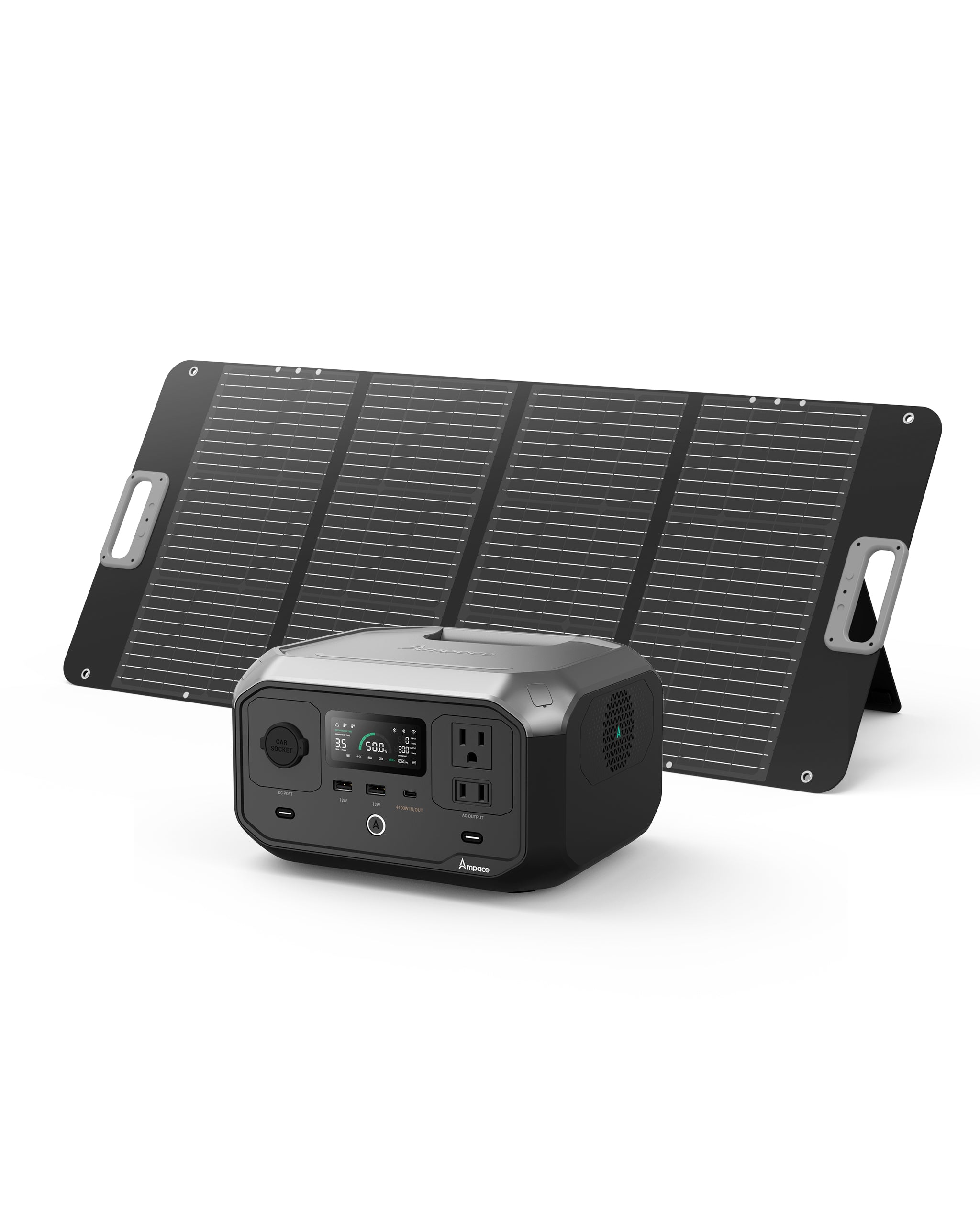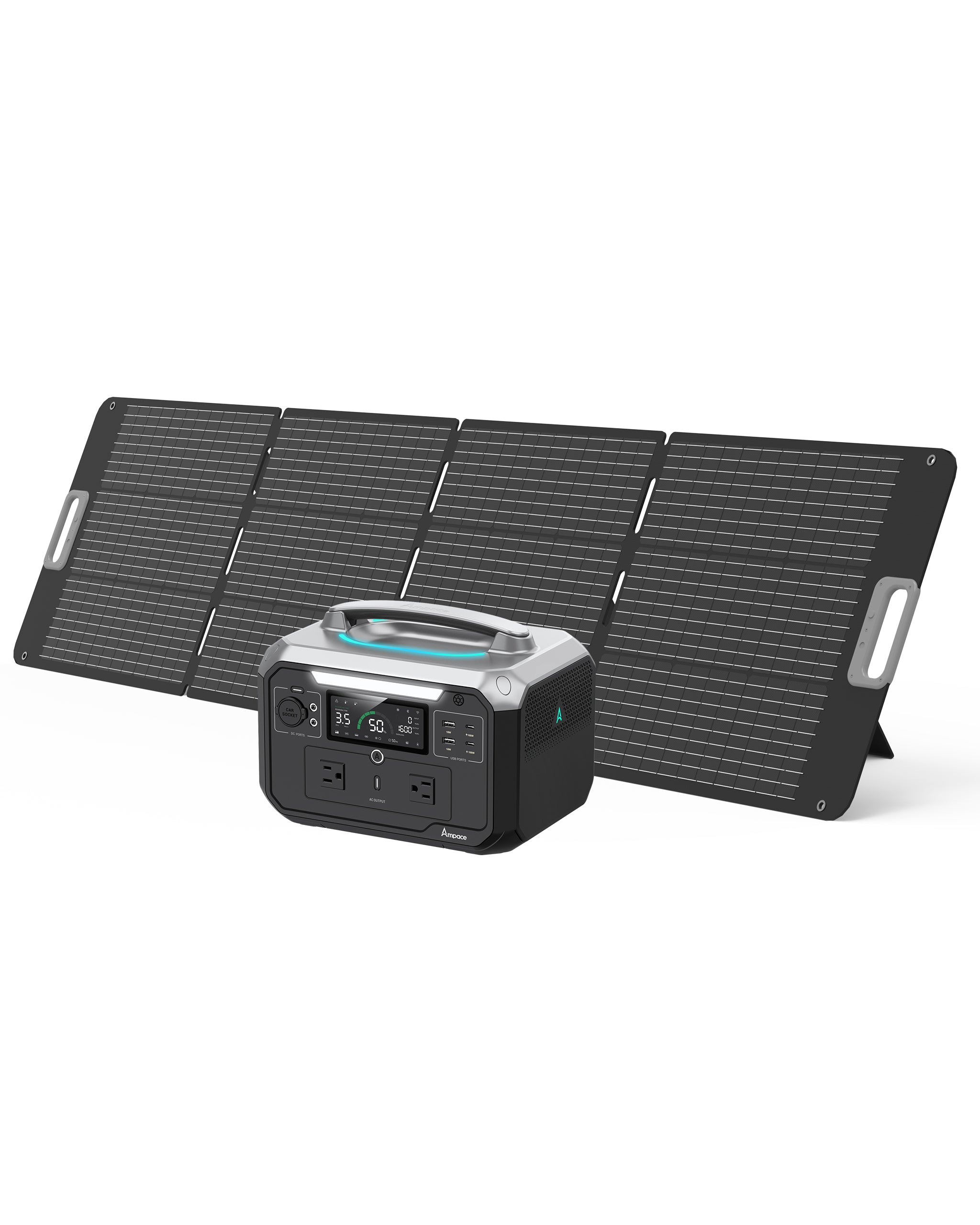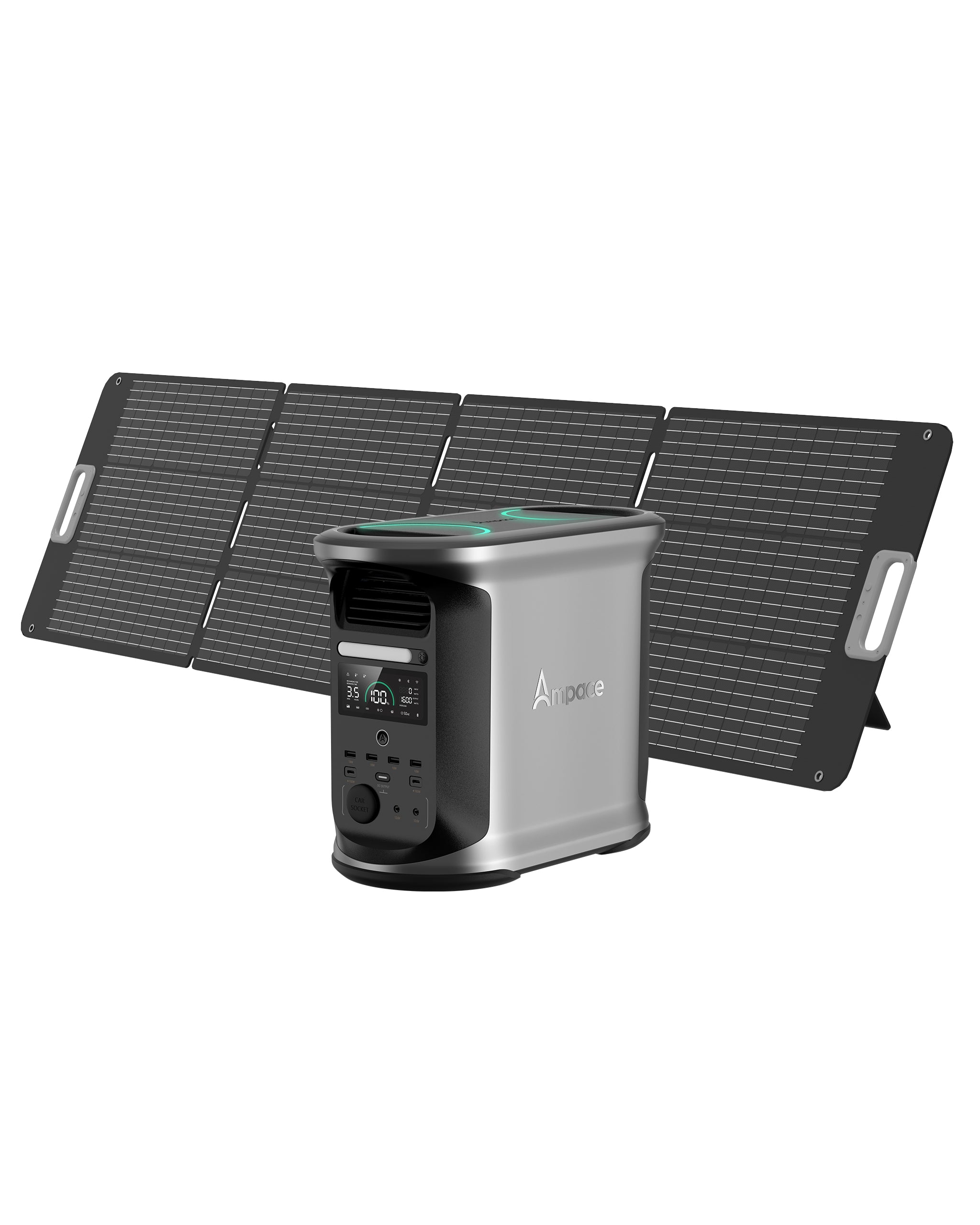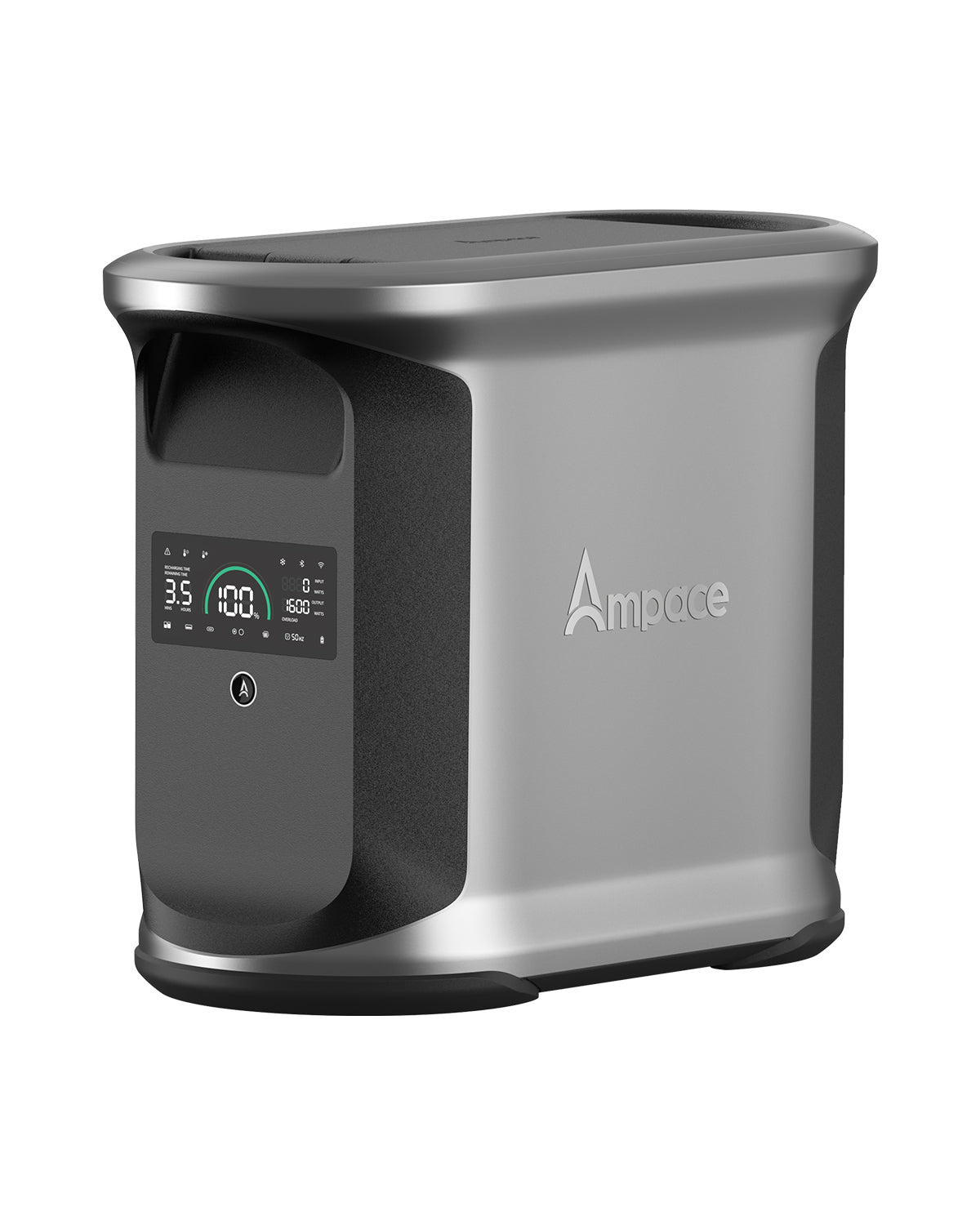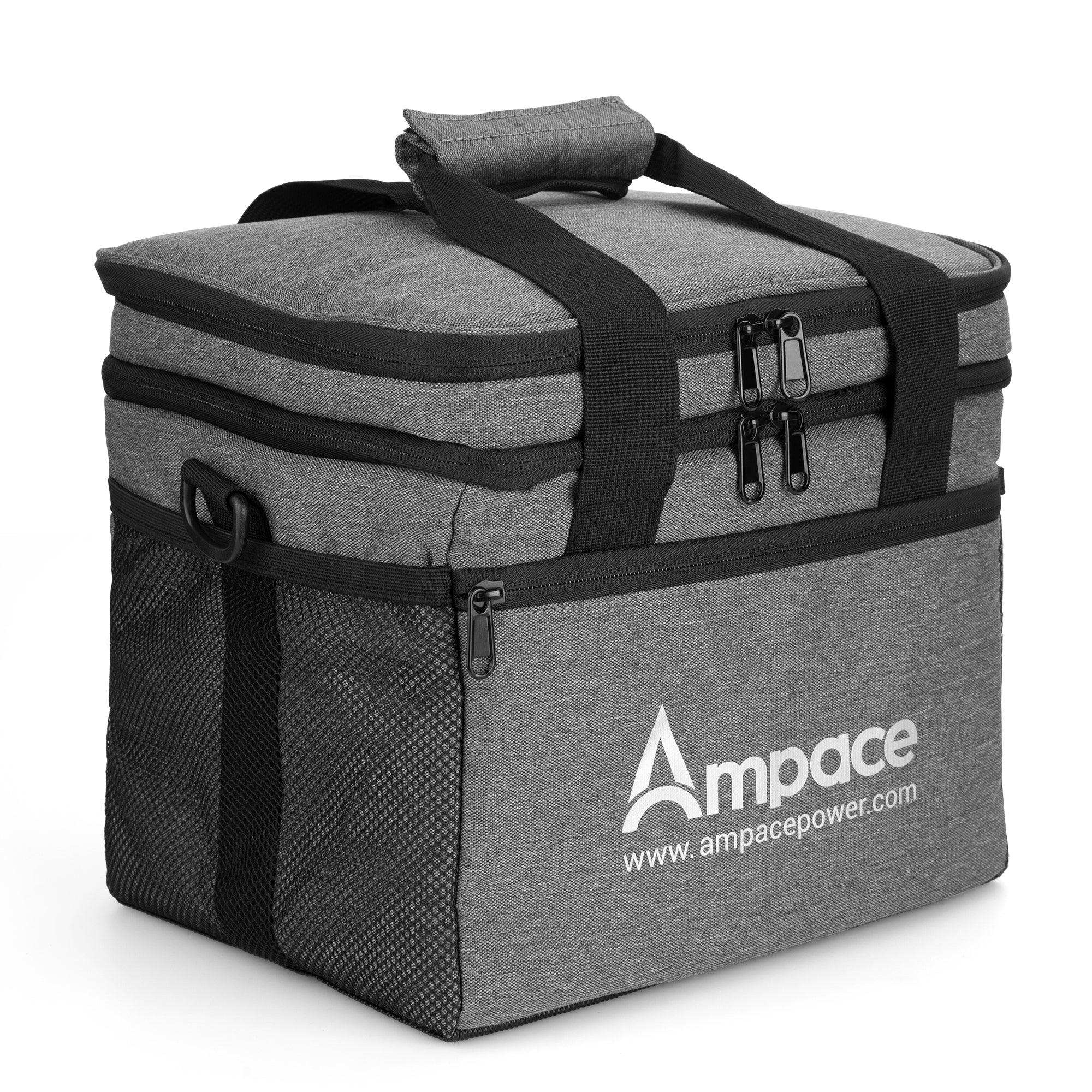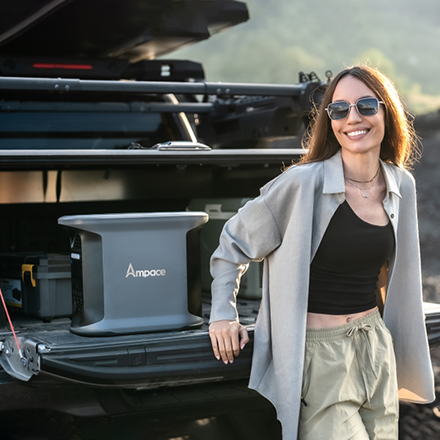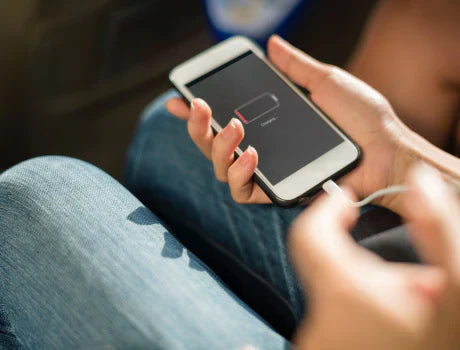Solar Energy: Key for Emergency Prep in Quake-Prone Areas

Table of Contents
Preparing for earthquakes is essential for safety and survival. The preparation depends upon different types of measures that are necessary during any emergency situation. In the modern digital world, extra care is required to save your daily life routine. However, the earthquake-bearing area's big issue is timely power resumption. Therefore, solar panels can provide reliable solar energy solutions during emergencies, helping to maintain comfort when power is lost.
Safety Measures Before an Earthquake
Preparation is the key to staying safe. Create an emergency kit that includes essentials. Stock it with food, water, first aid supplies, and a flashlight. Develop a family communication plan. Make sure everyone knows how to reach each other. Identify a safe meeting spot outside your home. Secure heavy furniture and appliances to the walls. This reduces the risk of falling during shaking.
The best way to minimize the dangers is to be proactive.
- Start by inspecting and reinforcing your home. So, secure heavy furniture to walls to prevent tipping.
- Use safety latches on cupboards to keep items from spilling. Store heavy or breakable items on lower shelves to reduce risk.
- Ensure electronics are secure with straps or putty. Additionally, any structural issues, such as cracks in walls and foundations, should be fixed promptly.
- Assemble a well-stocked emergency kit for at least 72 hours to sustain your household. Include essential items such as water, one gallon per person per day.
- Pack non-perishable food like canned goods and energy bars. Add first aid supplies, flashlights, and a battery-powered radio.
- Include a whistle for signaling, dust masks for contaminated air, and essential tools to turn off utilities.
Finally, personal items, important documents, and cash should be gathered in a waterproof container, as ATMs may not work during power outages.

What to Do during an Earthquake?
Always remain calm during an earthquake. The best immediate action is to drop, cover, and hold on. Drop to your hands and knees to prevent being knocked over. Cover your head and neck under a sturdy piece of furniture. Quick and calm actions can keep you safe. While shaking lasts only seconds, those moments are crucial.
The first response is to Drop, Cover, and Hold On. To avoid being knocked over, drop to your hands and knees.
Cover your head and neck under sturdy furniture, like a desk. If you cannot find shelter, move to an interior wall and protect yourself with your arms. Hold on to the furniture under it, and be prepared to move with it if it shifts.
Stay away from windows and glass surfaces, as they can shatter and cause injury. Move away from heavy objects that may fall, such as bookshelves and appliances.
- If you are outside during the Earthquake, find an open space away from buildings and trees.
- If you cannot find shelter, crouch and cover your head and neck with your arms.
- If you are in a vehicle, pull over safely and stop, avoiding bridges and power lines. Stay in the car with your seatbelt fastened until the shaking stops, as vehicles can protect from debris.

How Solar Panels can Help you In an Earthquake
Solar panels provide reliable energy during emergencies. They work independently from the grid. This means you can access power even when others cannot. When the grid fails, your solar system can supply energy. Battery storage systems enhance this benefit. They store excess energy for use during outages.
Solar panels require little maintenance after installation. They are durable and can withstand strong winds. Most panels are designed to resist damage during seismic events. In an earthquake, you can rely on solar energy for basic needs. This includes lighting, heating, and powering devices. Solar energy helps maintain comfort and safety and installing solar panels can increase the value of your home. They also reduce reliance on fossil fuels. This contributes to a more sustainable future.

Benefits of Using Ampace Solar Panels in Emergency
Ampace 100W Solar Panels
The Ampace 100W solar panel is an excellent choice for solar charging. It features a conversion efficiency of up to 23%. This means it charges 1.5 times faster than standard panels. Weighing only 4.7 kg (10.36 lbs), it is lightweight and portable. The foldable design makes it easy to carry anywhere. You can easily adjust the angle to maximize sunlight absorption with four settings.
The panel is built to last, with an IP67 water and dust resistance rating. The ETFE coating provides extra durability against harsh weather. It is ideal for camping, trekking, or unexpected power outages.
Ampace 200W Solar Panels
The Ampace 200W solar panel is designed for efficient solar charging. It boasts a conversion efficiency of up to 23%. This allows for faster charging, making it ideal for outdoor activities. Weighing 8.5 kg (18.74 lbs), it is lightweight and easy to transport. The foldable design includes a convenient handle and kickstand. You can adjust the angle to maximize sunlight absorption with four different settings.
The panel is built to withstand harsh conditions, featuring an IP67 water and dust resistance rating. The durable ETFE coating ensures longevity against harsh weather. It is perfect for camping, road trips, or emergency power needs.

Safety Tips after an Earthquake
After the shaking stops, stay alert. The aftermath can bring new dangers, such as aftershocks and damaged infrastructure. Here are some measures you must take after the end of the Earthquake.
- Check for injuries immediately after the shaking stops. Look at yourself and those nearby for injuries and provide first aid if needed. If anyone is seriously hurt, call emergency services right away.
- Inspect your surroundings for structural damage before re-entering any building. Look for cracks in walls, ceilings, and foundations that may indicate severe issues. If you see significant damage, it is safer to stay outside until professionals can assess the situation.
- Check utilities for damage to water, gas, and electric lines. If you find issues, turn off any valves. Suppose you smell gas, open windows and doors, and leave the building.
- Stay informed through reliable sources, using a battery-powered radio or phone for updates.
- Finally, use caution when cleaning up debris, wearing sturdy shoes and gloves to avoid injury. Be prepared for aftershocks, which can occur minutes to days after the initial quake.
FAQs
How do solar panels provide energy during an earthquake?
Solar panels operate independently from the grid. They can generate electricity even when the grid fails, ensuring you have power for essential needs during emergencies.
What are the benefits of using solar energy in emergencies?
Solar energy provides a reliable power source, reduces reliance on fossil fuels, and can help maintain comfort and safety during power outages. It also has low maintenance needs.
Can solar panels withstand seismic events?
Yes, most solar panels are designed to withstand strong winds and seismic activity. They are built with durable materials that resist damage during earthquakes.
What types of solar panels are recommended for emergency preparedness?
Both the Ampace 100W and 200W solar panels are excellent choices. They are lightweight, portable, and have high conversion efficiency, making them ideal for emergency use.
How long can I rely on solar panels for power during an emergency?
The duration of power supply depends on your battery storage capacity and energy consumption. Solar panels can recharge batteries, providing continuous power as long as there is sunlight.





